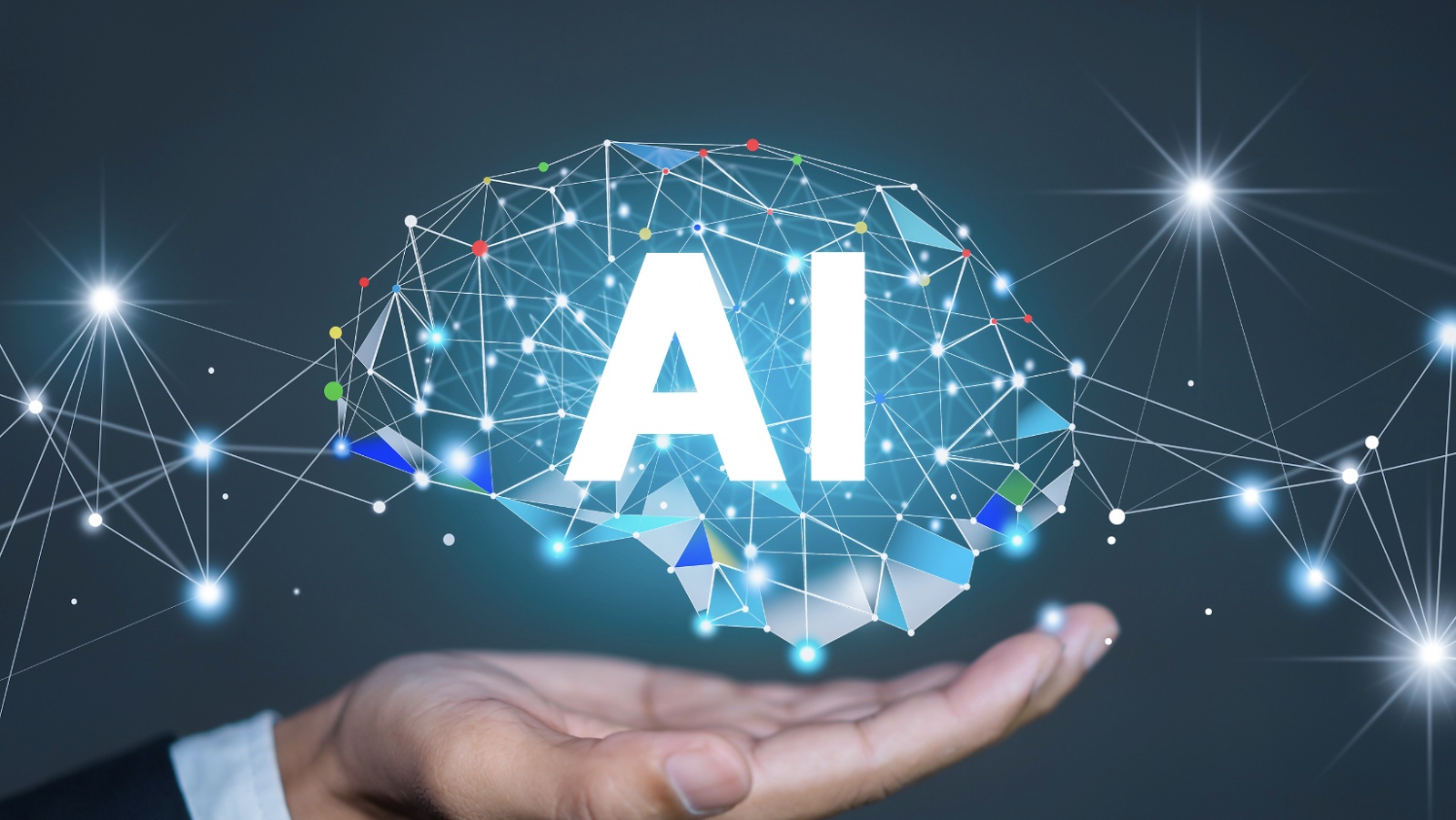
In the labyrinth of the digital age, the role of Artificial Intelligence (AI) is perpetually evolving. While some view AI as a silver bullet to the cybersecurity threats besieging organisations and governments, others express concerns over its potential misuse. As the 21st century’s Pandora’s Box, AI’s applications in cybersecurity present a double-edged sword, posing the question: is AI our friend or foe in cybersecurity?
The Emergence of AI in Cybersecurity
AI, in its broadest sense, encompasses machine learning (ML), deep learning, neural networks, and more. When harnessed appropriately, these technologies can significantly bolster an organisation’s cybersecurity posture. In the UK, businesses like Littlefish are increasingly integrating AI into their cybersecurity strategy, leveraging the technology’s capabilities to detect and respond to cyber threats more efficiently.
An AI system can learn to identify anomalous behaviour or detect patterns in large data sets, which would be virtually impossible for a human analyst to perform at the same scale and speed. This predictive analysis allows for the early detection and neutralisation of threats, significantly mitigating potential damage. Additionally, AI can automate routine security tasks, freeing up the cybersecurity workforce to focus on strategic decision-making.
AI: A Friend in Cybersecurity
One of the main reasons AI is considered a friend in cybersecurity lies in its capacity for proactive threat hunting. Traditional security measures are often reactive, jumping into action after an attack has taken place. Conversely, AI can predict threats before they materialise, by identifying patterns and trends in data.
Another strength of AI in cybersecurity is its adaptability. Cyber threats are constantly evolving, with cybercriminals devising sophisticated new strategies to bypass defences. However, AI, through ML algorithms, can learn from each incident and continuously improve its threat-detection capabilities. This constant evolution mirrors the dynamic nature of the cyber landscape, making AI a powerful ally in the fight against cybercrime.
The UK government, in recognition of these benefits, has made significant strides in promoting AI’s integration into cybersecurity. The UK’s National Cyber Security Centre (NCSC) encourages businesses to utilise AI and ML to enhance their security systems and has launched several initiatives to foster AI development in cybersecurity.
AI: A Potential Foe in Cybersecurity
Despite the advantages of AI, concerns linger over its potential as a cybersecurity adversary. The same technology that can detect and neutralise threats can also be weaponised by cybercriminals. AI-driven cyber-attacks could potentially bypass traditional security measures, causing widespread damage before they can be halted.
Moreover, the issue of AI misidentification poses another risk. Despite AI’s learning capabilities, it can sometimes falsely identify benign activities as threats, leading to unnecessary alerts and potential business disruptions.
The use of AI in cyber warfare is another area of concern. State-sponsored actors could potentially employ AI-powered tools to launch large-scale attacks, escalating the severity and complexity of cyber threats faced by nations. The UK, among other nations, is acutely aware of this, continually updating its cybersecurity strategies to counter such possibilities.
The Balancing Act: Harnessing AI Responsibly
As with any potent technology, AI’s role in cybersecurity necessitates a balanced approach. Organisations need to harness the benefits of AI, including its predictive capabilities and adaptability, while being cognizant of its potential misuse. Regulatory frameworks need to keep pace with technological advancement, ensuring AI is used responsibly in the cybersecurity landscape.
In conclusion, AI can be both friend and foe in cybersecurity, dependent on who wields it. By understanding its potential, fostering responsible use, and implementing robust governance measures, the balance can be tipped favourably towards the former, making AI a formidable tool in the fight against cyber threats. The challenge lies not just in technological advancement, but in the ethical, responsible, and strategic deployment of AI in our ever-evolving digital world.
You may be interested in: 7 Cybersecurity Challenges Faced by Healthcare Providers
